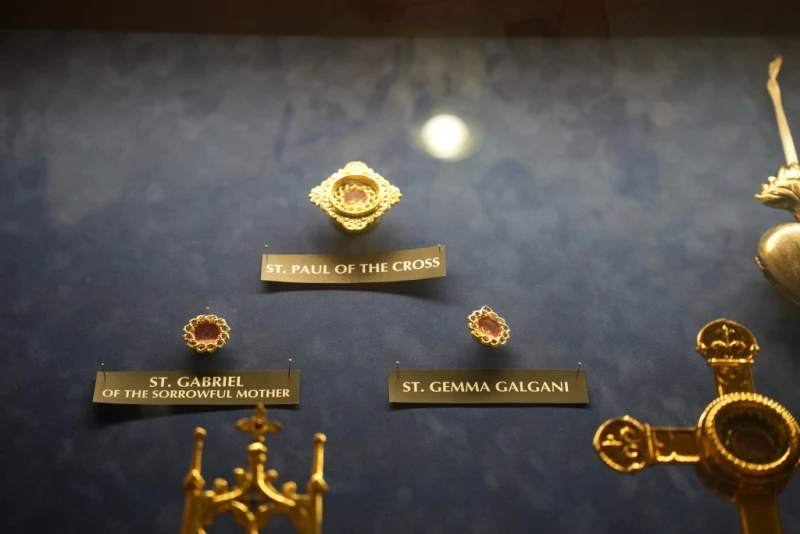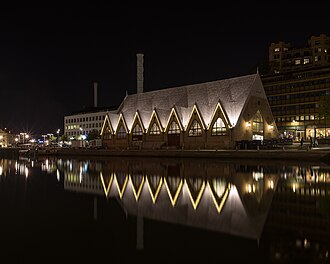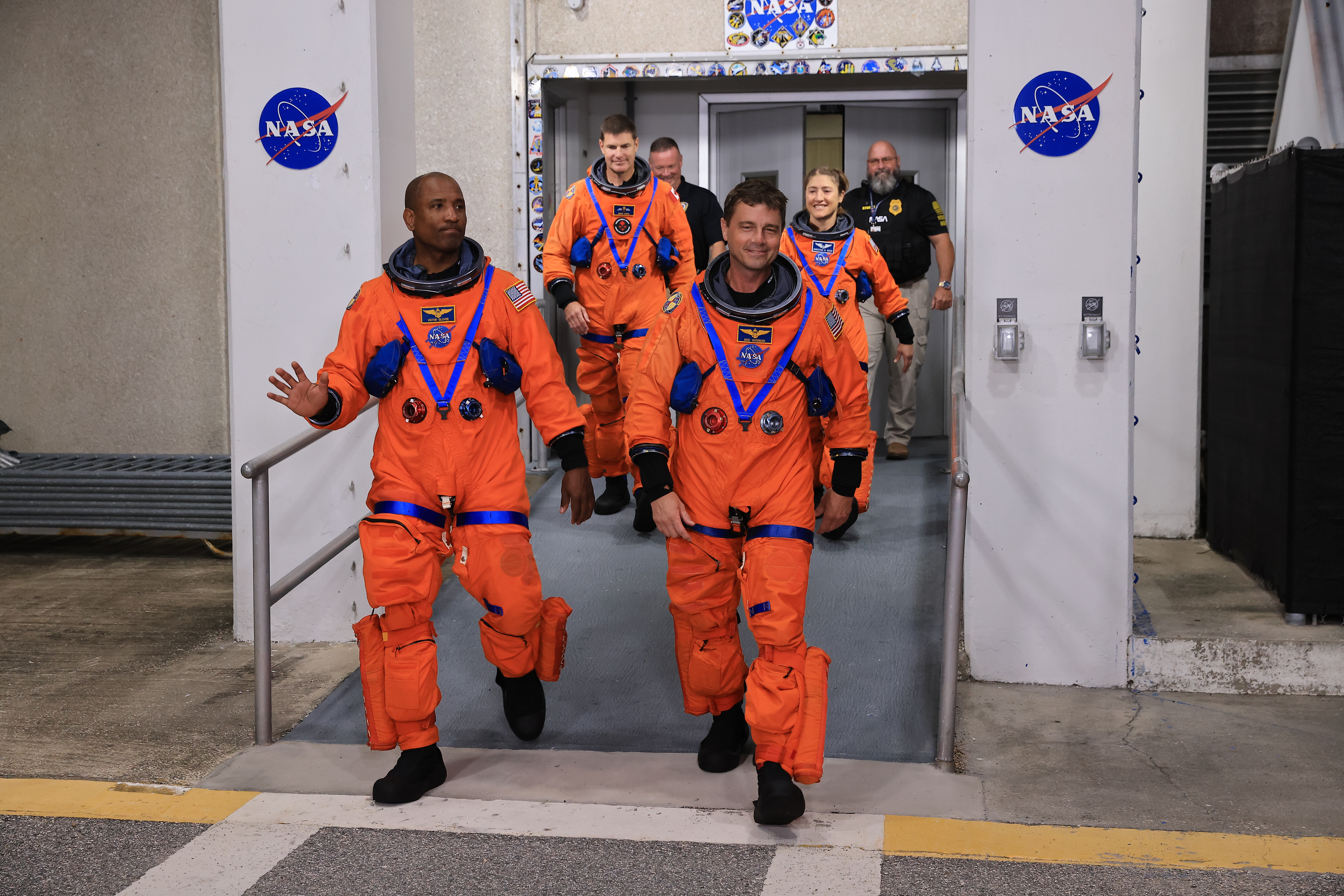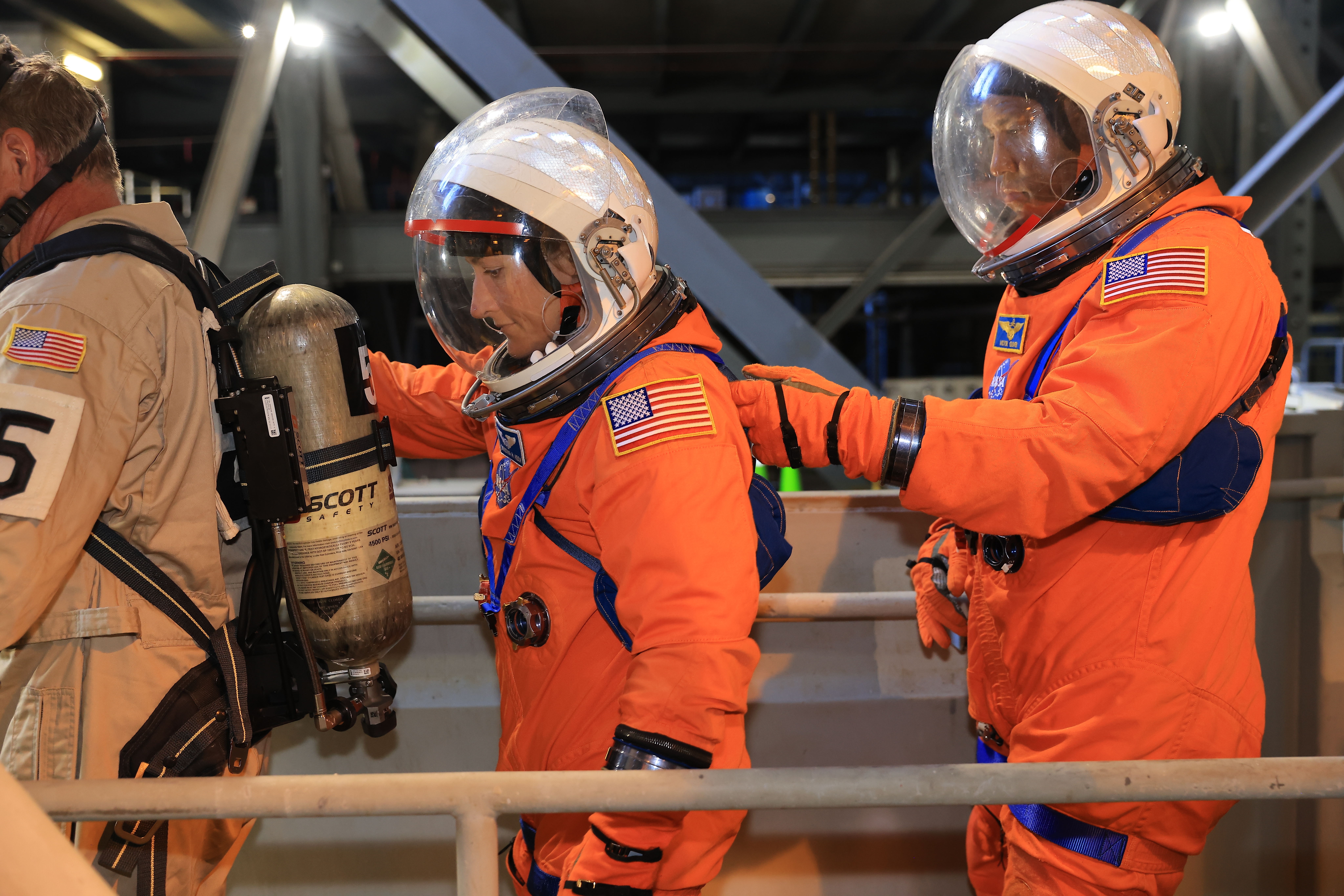

null / Credit: RasyidArt, Shutterstock
CNA Staff, Nov 4, 2025 / 06:30 am (CNA).
Catholic schools are faring much better in dioceses in which state-funded voucher programs are available for parents to use to pay school tuition, one researcher has found, though enrollment is still declining in most places.
John F. Quinn, a historian at Salve Regina University in Rhode Island, examined six Catholic dioceses over the last 16 years — three in states with voucher programs and three in states without them — and found that parochial schools are benefiting from vouchers.
He presented his research at the Society of Catholic Social Scientists’ annual conference at Franciscan University of Steubenville, Ohio, in October.
Quinn found that since 2009, the dioceses of Providence, Rhode Island; Fall River, Massachusetts; and Rockford, Illinois — none of which are located in states with voucher programs — have seen school closures and drops, some very large, in their parochial school enrollment.
Providence schools have seen a two-thirds drop, from 16,000 students in 2009 to about 10,000 in 2025, according to the historian.
The Diocese of Fall River, meanwhile, saw a 36% drop in enrollment, going from 7,800 students in 2009 to 5,000 in 2025. Rockford’s diocese saw a precipitous 52% drop, with 15,500 students in 2009 and 7,400 today. All three dioceses also saw multiple parochial school closures.
The numbers are very different in the dioceses in states that have voucher programs.
According to Quinn, the Archdiocese of Indianapolis only saw its enrollment numbers drop 3% since 2009. Nearly 23,000 were enrolled in its parochial schools in 2009, and the number stands at 22,300 today. The overall population of the archdiocese has also dropped 5% over the same time period, he noted.
Indiana’s Choice Scholarship Program was launched in 2011 and expanded to nearly all residents in 2025.
Two other dioceses, Orlando and Venice, are both in Florida, a state that approved its voucher program in 1999 and expanded it significantly in 2023.
The Diocese of Orlando has seen a 13% drop, going from 14,500 students in 2009 to 12,750 in 2025.
The Diocese of Venice, a relatively new one established in 1984, has seen a 52% increase in parish school enrollment since 2009 and growth in its number of parochial schools. In 2009, 4,400 students attended three high schools and 10 elementary schools, and today there are four high schools and 12 elementary schools with an enrollment of 6,800.
Quinn acknowledged that Florida has a growing population but said even taking that into account, the voucher programs have indisputably aided the Catholic schools there.
“We are full up with nearly every school at capacity,” Father John Belmonte, SJ, Diocese of Venice Superintendent of Catholic Education, said in September.
History of parochial schooling
“America’s Catholic leaders have long seen parochial schools as critical to the well-being of the Church in America,” Quinn noted.
He recalled the Third Plenary Council of Baltimore in 1884, at which the bishops “called for every parish to have a school and for all Catholic parents to send their children” to them.
Quinn noted that pastors would sometimes build a parish school first before completing the church building.
In 1965, the high point of parochial school enrollment, 52% of American Catholic children, or 5.2 million students, were enrolled at 13,000 Catholic grammar and high schools.
Quinn cited the National Catholic Educational Association’s annual report, released in the spring, that showed just under 1.7 million students are currently enrolled in the nation’s current 8,500 parochial schools.
In 1965, nearly 70% of all parochial school teachers, or 115,607, were religious sisters, priests, or brothers, according to the Cardinal Newman Society.
By 1990, only 2.5% of parochial school faculty were priests or religious, and that number remains the same today.
Quinn said costs started rising as more lay teachers replaced religious and priests in the classroom.
Read More

![Bill proposed in Hungary could require priests to violate seal of confession #Catholic
null / Credit: AS photo studio/Shutterstock
Washington, D.C. Newsroom, Oct 24, 2025 / 06:00 am (CNA).
Here is a roundup of Catholic world news from the past week that you might have missed:Bill proposed in Hungary could require priests to violate seal of confessionThe Permanent Council of the Hungarian Catholic Bishops’ Conference has expressed shock over the proposition of a bill that would require Catholic priests to violate the seal of confession. “This is in serious conflict with the agreement between the Republic of Hungary and the Holy See of Feb. 9, 1990, which states that the Catholic Church in our county operates on the basis of [canon law],” the council stated in an Oct. 17 press release. The council expressed regret over “extremely crude” and “baseless sentiment-mongering and slander” that has occurred during the ongoing election cycle. “We emphasize to our priests, all believers, and society that we are not a political organization, we do not wish to participate in the campaign,” it stated. “Our mission is to serve the salvation of souls.” Church in South Korea pledges help for Timorese migrants The Catholic Church in South Korea has pledged to help improve the situation for migrants from the small Catholic-majority island country of Timor-Leste.During an Oct. 11–15 visit to the island, a 12-member delegation of South Korean Catholics from the Committee for Pastoral Care for Migrants of the Catholic Bishops’ Conference of Korea visited with groups that send migrant workers to South Korea, Cardinal Virgílio do Carmo da Silva, as well as President José Ramos-Horta and Prime Minister Xanana Gusmão, according to UCA News. The delegation pledged to help bring about “better protection and welfare of migrant communities” and to “improve better pastoral care program[s] for Timor-Leste migrants,” of which there are approximately 7,000 living in South Korea.Australian archbishop renews commitment to safeguarding childrenArchbishop Tony Ireland of Hobart in Tasmania, Australia, has reaffirmed his commitment to ensuring all Catholic communities and workplaces throughout his diocese uphold safe environment standards. “The safety and well-being of all who engage with the Church is foremost in my mind and heart,” the archbishop said in an Oct. 17 statement. “Ensuring that every person — regardless of age or circumstance — feels safe, valued, and respected is an essential part of our mission and witness.” On behalf of his archdiocese, Ireland endorsed the National Catholic Safeguarding Standards, stating: “Our commitment to these standards is unwavering, reflecting zero tolerance of any form of abuse, neglect, or exploitation.” The archdiocese has remained engaged in its safeguarding measures since 2017. Madagascar cardinal urges international community to refrain from sanctioning country Cardinal Désiré Tsarahazana of Toamasina, Madagascar, is appealing to the international community not to sanction Madagascar in wake of a coup staged by military-backed youth protesters. The cardinal told Vatican media that imposing sanctions “would be illogical and immoral.”“Supporting young people who demand a better life and then killing them with sanctions would make no sense,” Vatican News Italy reported. Religious conversion case against Christian university officials in India droppedThe Supreme Court of India has dropped a criminal case against three Christian university officials in Uttar Pradesh who were accused of violating the state’s stringent anti-conversion laws. The court dropped the case on Oct. 17, citing “legal defect” in the allegations filed by Himanshu Dixit, vice president of the World Hindu Council, according to UCA News. The Hindu leader had accused officials from the Presbyterian Sam Higginbottom University of Agriculture, Technology, and Sciences of “unlawful conversion activities” in addition to “cheating, criminal intimidation, and forgery,” according to the report.The judges noted that under Uttar Pradesh law, only an “aggrieved” person — that is, a victim or close relative — of the violation is permitted to lodge a complaint. The court declined to dismiss charges related to cheating and forgery but ordered protection of the accused from arrest.Church in Mozambique proposes political guide for dialogueThe Episcopol Justice and Peace Commission in Mozambique has proposed a document outlining “concrete proposals for reforms of the state, the electoral system, natural resource policies, economic inclusion, and national reconciliation.”The document, “A Political Guide for National Dialogue,” proposes limited power for the president in appointing heads of state, that judges be elected among their peers, and that the position of secretary of state be eliminated in provinces for the sake of the country’s budget, according to an Oct. 20 report from Vatican News. The guide also recommends the elimination of electronic voting to combat fraud as well as economic and natural resource reforms. To address the county’s unrest, the document proposes “building a collective memory based on truth, exercising forgiveness and mutual listening, promoting a culture of dialogue and trust, and changing mentalities to value differences while combatting prejudices.”Latin American bishops host ‘virtual jubilee’ for Indigenous people The Episcopal Conference of Latin America hosted a virtual jubilee event for Indigenous people of Latin America and the Caribbean on Oct. 14–16. Organized by the Advisory Team on Indian Theology, together with the Pastoral Care of Indigenous People of the Latin American and Caribbean Episcopal Council and the Latin American Ecumenical Articulation of Indigenous Pastoral Care, the event centered on sharing experiences “as pilgrims of hope together with our Indigenous people, authentic custodians of culture, and our common home,” according to a message from Cardinal Michael Czerny, SJ, prefect of the dicastery for promoting integral human development.“Your love for the earth, your respect for the elderly, your sense of community, and your ability to live in harmony with creation are a gift to the whole Church. You teach that life is best understood when lived simply, in relationship with God, with nature, and with others,” he said.](https://unitedyam.com/wp-content/uploads/2025/10/bill-proposed-in-hungary-could-require-priests-to-violate-seal-of-confession-catholic-null-credit-as-photo-studio-shutterstockwashington-d-c-newsroom-oct-24-2025-0600-am-cna-here-i.webp)

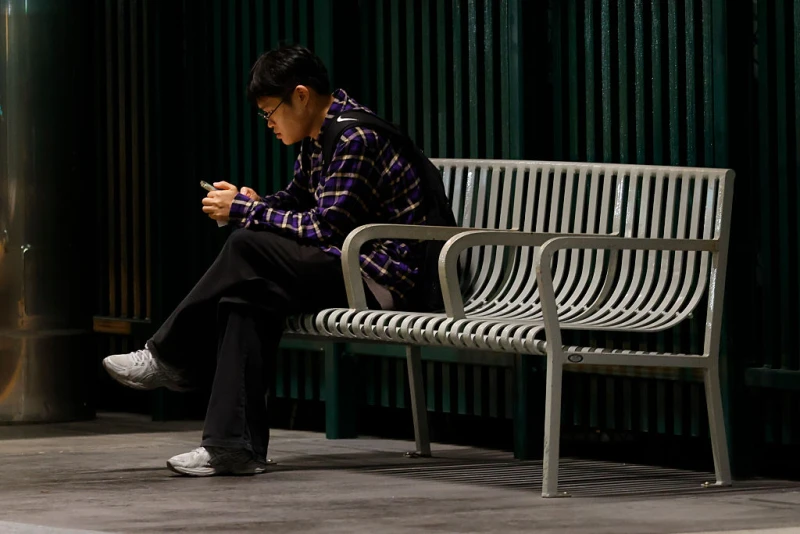

![Judge rules against saints’ statues on Massachusetts government building #Catholic
Statues of St. Florian (at left) and St. Michael the Archangel (at right) are currently barred from appearing on the planned public safety building of Quincy, Massachusetts. / Credit: Courtesy of Office of Mayor Thomas Koch
Boston, Massachusetts, Oct 16, 2025 / 12:18 pm (CNA).
A Massachusetts trial court judge has issued an order blocking the installation of statues of two Catholic saints on a new public safety building in the city of Quincy, setting up a likely appeal that may determine how the state treats separation of church and state disputes going forward.The 10-foot-high bronze statues of St. Michael the Archangel and St. Florian, which were scheduled to be installed on the building’s façade this month, will instead await a higher court’s decision.The statues cost an estimated $850,000, part of the new, $175 million public safety building that will serve as police headquarters and administration offices for the Boston suburb’s fire department.Quincy Mayor Thomas Koch, a practicing Catholic, has said he chose St. Michael the Archangel because he is the patron of police officers and St. Florian because he is the patron of firefighters, not to send a message about religion.But the judge said the statues can’t be separated from the saints’ Catholic connections.“The complaint here plausibly alleges that the statues at issue convey a message endorsing one religion over others,” Norfolk County Superior Court Judge William Sullivan wrote in a 26-page ruling Oct. 14.The judge noted that the statues “represent two Catholic saints.”“The statues, particularly when considered together, patently endorse Catholic beliefs,” the judge wrote.The plaintiffs who brought the lawsuit challenging the statues — 15 city residents represented by the American Civil Liberties Union of Massachusetts — have amassed facts that “plausibly suggest that an objective observer would view these statues on the façade of the public safety building as primarily endorsing Catholicism/Christianity and conveying a distinctly religious message,” the judge wrote.Rachel Davidson, staff attorney at the ACLU of Massachusetts, who argued the case during a lengthy court hearing on Sept. 19, praised the judge’s decision.“This ruling affirms the bedrock principle that our government cannot favor one religion above others, or religious beliefs over nonreligious beliefs,” Davidson said in a written statement. “We are grateful to the court for acknowledging the immediate harm that the installation of these statues would cause and for ensuring that Quincy residents can continue to make their case for the proper separation of church and state, as the Massachusetts Constitution requires.”The mayor said the city will appeal.“We chose the statues of Michael and Florian to honor Quincy’s first responders, not to promote any religion,” Koch said in a written statement provided to the National Catholic Register, CNA’s sister news partner, by a spokesman. “These figures are recognized symbols of courage and sacrifice in police and fire communities across the world. We will appeal this ruling so our city can continue to celebrate and inspire the men and women who protect us.” The lawsuit, which was filed May 27 in Norfolk County Superior Court in Dedham, relies on the Massachusetts Constitution, not the U.S. Constitution, but there is a tie-in.In 1979, the Massachusetts Supreme Judicial Court adopted the U.S. Supreme Court’s 1971 three-pronged “Lemon test” when considering church and state cases — whether a law concerning religion has “a secular legislative purpose,” whether “its principal or primary effect … neither advances [n]or inhibits religion,” and whether it fosters “excessive entanglement between government and religion.” The state’s highest court also added a fourth standard — whether a “challenged practice” has “divisive political potential.”But in June 2022, the U.S. Supreme Court ditched the Lemon test in Kennedy v. Bremerton School District, a case involving prayers offered by a high school football coach in Washington state.If the Massachusetts Supreme Judicial Court, which is the ultimate interpreter of state law, takes the Quincy statues dispute, it would be the first time the court has considered a case on point since the U.S. Supreme Court’s Kennedy decision.This story was first published by the National Catholic Register, CNA’s sister news partner, and has been adapted by CNA.](https://unitedyam.com/wp-content/uploads/2025/10/judge-rules-against-saints-statues-on-massachusetts-government-building-catholic-statues-of-st-florian-at-left-and-st-michael-the-archangel-at-right-are-currently-barred-from-appea.webp)

